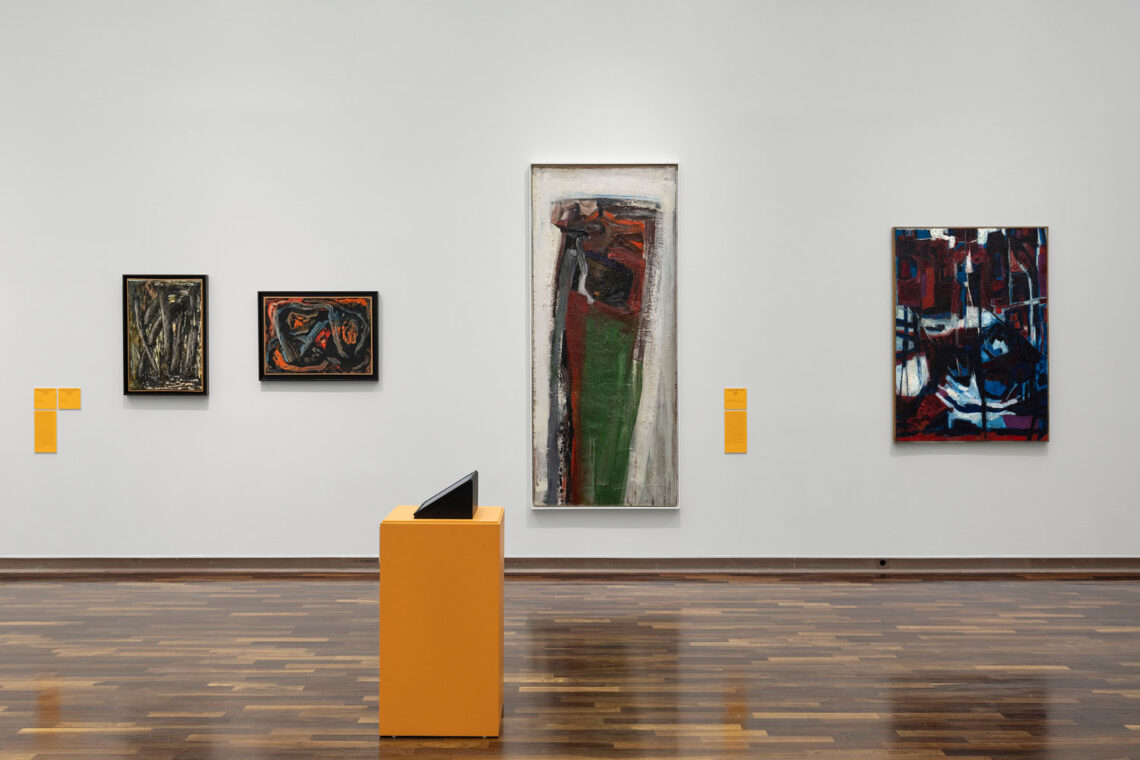Abstract art often raises questions about its high price. Some see it as a mix of random colors and shapes, while others recognize its depth and meaning. Many wonder why collectors pay millions for paintings that seem simple at first glance.
High prices are not random. They reflect a mix of artistic value, history, market demand, and investment potential. Wealthy buyers, museums, and investors fuel the demand. The art world operates on rules that go beyond what meets the eye.
This article will break down every reason why abstract art is expensive.
What Exactly Is Abstract Art?
Abstract art does not follow the rules of traditional painting. It does not show clear images of people, places, or objects. Instead, it uses colors, shapes, and textures to create feeling and energy. Some see it as messy, while others believe it is the purest form of artistic expression.
Artists create abstract paintings without trying to copy reality. They use movement, balance, and contrast to make people feel something rather than simply recognize an object. The meaning is not given—it is discovered by the viewer.
How Did Abstract Art Begin?
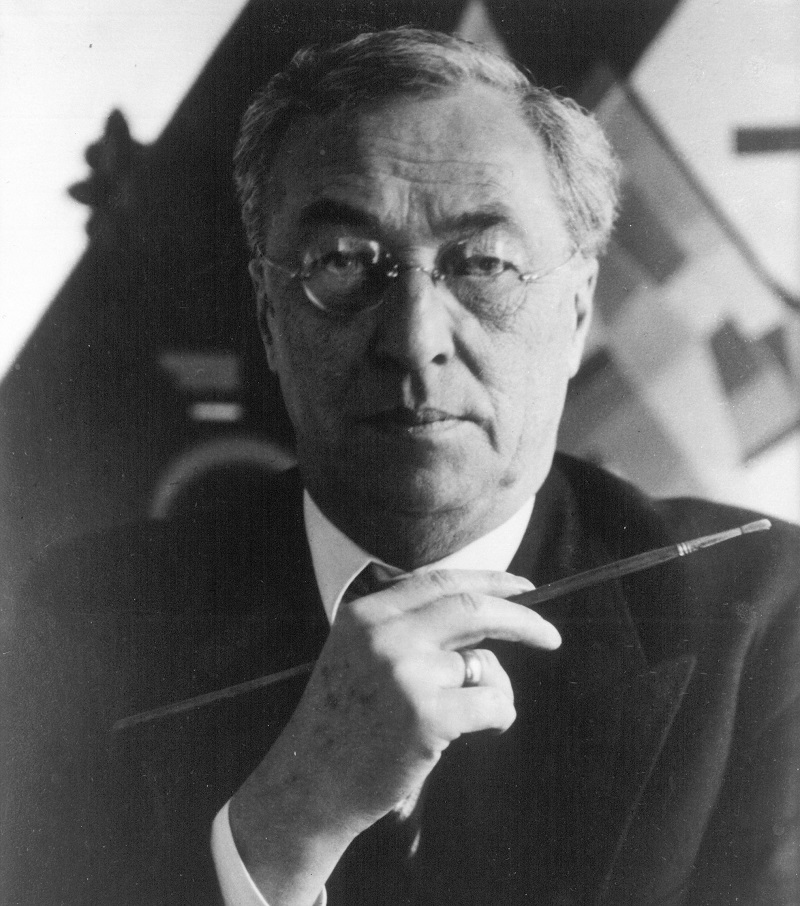
Abstract art did not appear overnight. Early artists slowly moved away from detailed paintings and started exploring new ways to express ideas.
- Wassily Kandinsky (1866–1944) believed that colors and shapes could create emotions, like music. His painting Composition VII (1913) is one of the first true abstract works.
- Kazimir Malevich (1879–1935) created Black Square (1915), a painting of a simple black square on a white background. Many people were confused, but it became one of the most famous abstract artworks ever.
- Piet Mondrian (1872–1944) used only straight lines and primary colors to create balance and order in paintings like Composition with Red, Blue, and Yellow (1930).
Why Do People Struggle to Understand Abstract Art?
Some believe abstract art looks random, but real artists do not paint without thought. Every shape, color, and stroke is a choice. The challenge is that abstract art does not tell a clear story like a traditional painting of a person or landscape.
Instead of asking, “What is this supposed to be?” a better question is, “How does this make me feel?” Abstract art is meant to create emotions, not answers.
The True Value of Abstract Art: More Than Just Paint on a Canvas
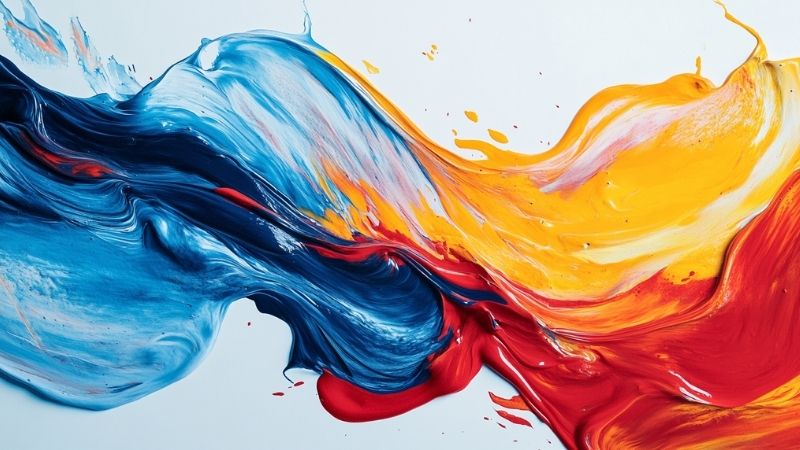
Abstract art is not expensive because of the materials used. It is not about how long it took to paint or how many colors were used. The real value comes from something deeper—emotion, creativity, reputation, and how the art world operates.
Collectors and museums do not just buy paintings; they invest in ideas, history, and status. A painting that looks simple to one person might be a masterpiece to another.
What Makes an Abstract Painting Valuable?
Many things determine the worth of an abstract painting, but a few key factors stand out:
- Emotional Impact – Some paintings create strong emotions that stay with people. The more powerful the reaction, the more valuable the artwork can become.
- Innovation – If an artist changes the way people think about art, their work can become priceless.
- Cultural Significance – Some paintings represent important moments in history, making them desirable for collectors and museums.
- Rarity – If an artist only made a few works, their paintings are more valuable due to limited supply.
Does Price Equal Quality?
Not always. Some expensive abstract paintings are famous because of who painted them, not because they are technically better than others. A lesser-known artist might create an equally stunning painting, but without the right reputation, it will not sell for millions.
On the other hand, some abstract paintings are famous because they broke new ground. No. 5, 1948 by Jackson Pollock looks chaotic, but it introduced a completely new way to paint—dripping and splattering paint across a canvas. That originality makes it worth millions.
View this post on Instagram
Art vs. Money: The Collector’s Game
Many wealthy collectors see art as more than beauty—it is a business move. Buying a valuable painting is like buying gold, stocks, or real estate. Over time, certain paintings increase in value, and smart investors know how to play the long game.
- A billionaire buys a painting for $10 million.
- Ten years later, the artist becomes even more famous.
- The painting is now worth $50 million.
- The collector sells it and makes a huge profit.
Can Anyone Make Expensive Abstract Art?
Many people joke that “a child could do that.” While it is true that abstract art does not follow traditional rules, not every abstract painting will sell for millions. The difference is who made it, when it was made, and who wants to buy it.
The Hidden Forces Behind Abstract Art Prices
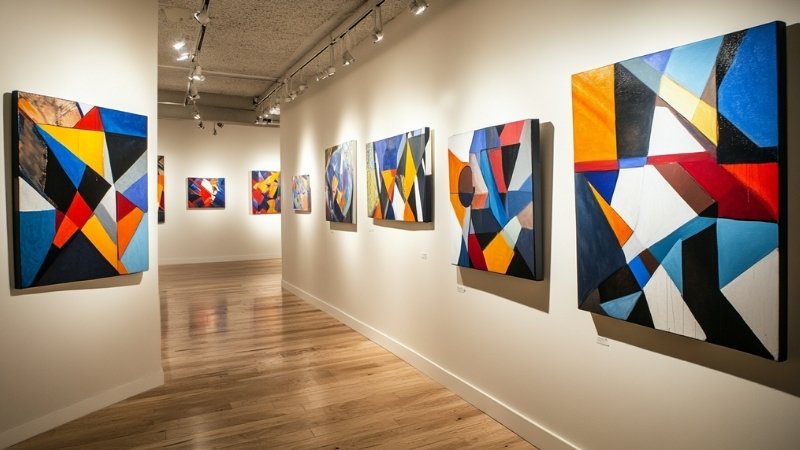
Abstract art prices do not rise by accident. A few powerful forces control the market, shaping which paintings become valuable and which remain unknown. Collectors, investors, and auction houses all play a role in deciding how much a painting is worth.
People often assume art prices are based on skill or beauty, but the reality is far more complex. The market does not always reward talent—it rewards strategy, demand, and exclusivity.
The Power of the Artist
A painting by a random artist might sell for a few hundred dollars, but if that same painting had Jackson Pollock’s name on it, it could be worth millions. Reputation is everything in the art world.
What makes an artist’s name valuable?
- Historical Impact – Artists who introduced new ideas or changed the way people see art hold more value.
- Institutional Support – Museums, galleries, and elite collectors decide which artists become famous.
- Auction Records – If an artist’s work has sold for high prices before, future paintings will likely follow the trend.
The Auction House Game: Who Controls the Prices?
Auction houses like Sotheby’s and Christie’s are not just places to sell art—they create demand. When a famous abstract painting goes up for sale, these auction houses work behind the scenes to build excitement.
- They invite billionaire collectors.
- They create a bidding war to drive up the price.
- They use media coverage to make the painting even more desirable.
Why Billionaires Buy Abstract Art
Many billionaires do not buy abstract art because they love it. They buy it because it is a safe place to store money.
Unlike stocks or real estate, art is not affected by inflation in the same way. It is a tangible asset that holds its value over time. Some wealthy buyers even use art to:
- Avoid taxes by keeping paintings in freeports (luxury storage spaces in tax-free zones).
- Show off their wealth by displaying rare works.
- Protect their money during economic downturns.
The Myth of Scarcity: Why Some Paintings Cost More

Scarcity is a major reason why abstract art is expensive. The fewer paintings an artist creates, the more valuable they become. Some artists, like Mark Rothko, produced a limited number of paintings, which makes each one rare.
Collectors and galleries also create artificial scarcity by keeping some paintings off the market. If an artist’s paintings are rarely available for sale, demand increases, and prices rise even higher.
This is why certain artists remain valuable even long after they have passed away. Their work cannot be replaced, making each painting a rare collectible.
The Most Expensive Abstract Paintings Ever Sold
Some abstract paintings have sold for prices that seem impossible. Billionaires, museums, and collectors compete to own rare pieces, pushing prices to record levels. These paintings are not expensive by accident—each one represents history, influence, and high demand.
Here are some of the most expensive abstract paintings ever sold:
The Record-Breaking Sales
1. Interchange (1955) – Willem de Kooning – $300 million
One of the most expensive paintings ever sold. It represents the transition from traditional painting to pure abstraction.
2. Number 17A (1948) – Jackson Pollock – $200 million
A perfect example of Pollock’s drip painting technique. His works are famous for their energy and unpredictability.
3. No. 6 (Violet, Green and Red) (1951) – Mark Rothko – $186 million
Rothko’s color fields were meant to evoke deep emotions. His simple yet powerful style continues to attract collectors.
4. No. 5, 1948 – Jackson Pollock – $140 million
Another Pollock masterpiece, featuring his signature chaotic style.
Why Do People Pay So Much for Abstract Art?
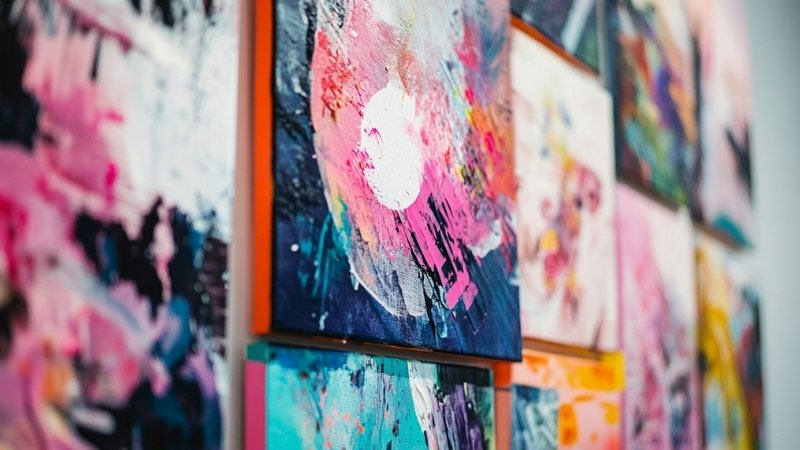
Not everyone buys abstract art because they love it. Some see it as an investment, while others use it to show off wealth. Here are the main reasons why people spend millions on abstract paintings:
Passion vs. Status Symbol
- Some collectors truly appreciate abstract art and see it as a deep emotional experience.
- Others buy expensive paintings to signal status—owning a rare piece is like owning a luxury car or a private jet.
Emotional Connection
- Abstract art does not tell a clear story, which allows viewers to create their own meaning.
- Some people feel connected to certain colors, patterns, or emotions in a painting.
Last Words
Abstract art holds value because of its deep connection to history, investment potential, and cultural influence. Wealthy collectors, galleries, and museums shape the market, determining which paintings reach record prices. The reputation of the artist, the rarity of the work, and the demand from buyers all play a role in increasing value.
A single painting represents more than its colors and shapes. It becomes a symbol of artistic innovation, a financial asset, and a statement of status. Abstract art continues to dominate auctions, proving that creativity and exclusivity remain powerful forces in the art world. Prices will keep climbing as long as collectors and institutions continue to seek the rarest and most influential works.
